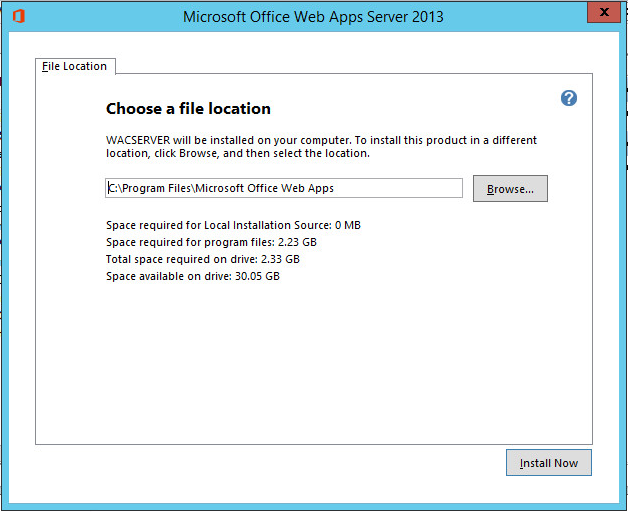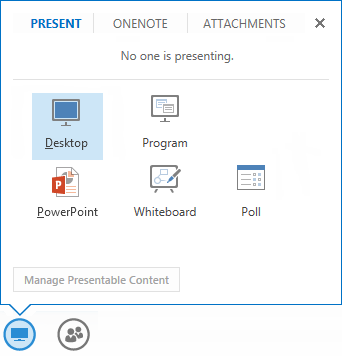

#How to remove lync web app update
This will remove all configured settings for the Web Service Configuration, so if you have modified any other settings, you will have to update them again after running this command. Set-cswebserviceConfiguration -trustedCACerts you need to remove all CA Certificates from the store and would not like to use a new one, you can use the command “Remove-CSWebServiceConfiguration” which will set all of the Web Service Configuration back to default. However, you can use the replace option with the Set-CSWebServiceConfiguration command to add a new CA Certificate to the store and remove all others. One other thing to note, there is no command to remove a single certificate from the “TrustedCACerts list in the Lync Web Services Configuration.
#How to remove lync web app download
To correct this issue download the DigiCert Certificate Utility and run it on all Exchange servers in the CAS array to verify the certificate chain is installed correctly. *Tip – In my lab the intermediate certificates for DigiCert were not installed correctly on the Exchange server causing the error to still display. Get-CSWebServiceConfiguration, the thumbprint of the newly added certificate will appear in the “TrustedCACerts” list.Īfter this process is complete, reboot the Lync Phone Edition devices and verify the calendar is functional. Set-cswebserviceConfiguration -trustedCACerts verify the command completed successfully run the command: Now that the certificate information has been stored as a variable ($cert), run the following command to add the certificate to the Web Service Configuration for the Lync servers: Verify that pasting the command into the Lync Management Shell did not add a “?” to the beginning of your command (shown below): $cert = new-cswebtrustedCACertificate -thumbprint “Thumbprint_Here” -castore TrustedRootCA Take the thumbprint without any spaces and copy it into the command below, then run the command from Lync Management Shell: Next, remove all spaces from the thumbprint as shown in the screen shot below. Open notepad or another text editor and paste the thumbprint into the editor. Highlight the thumbprint and press CTRL+C to copy it to your clipboard. Now click on the “Details” tab and scroll down to “Thumbprint”. Next, click on the “Certification Path” tab at the top of the certificate window, click on the top certificate in the list and choose “View Certificate”. The certificate your Exchange server is using will be displayed: To find the thumbprint, open Outlook Web Access (OWA) from an internet browser, click on the “Lock” icon in the browser and choose “View Certificates”: The command requires you to know the “thumbprint” from the root certificate. To work around the limitation in Lync Phone Edition there is a Lync Management Shell command that will allow you to add the public providers root certificate to the Web Services Configuration on the Lync servers. Exchange does not support Pin Auth currently, so this article does not apply to devices that are not tethered. *Note – A Lync Phone Edition device (other than CX700/Tanjay) will require the tethered connection between the PC/Laptop and phone to authenticate to Exchange and view the calendar. As expected, I immediately saw the error when I tried to access the calendar. I created a test account ( and signed in via a tethered CX600 (Aries) phone.


This problem has become more and more common as organizations move to using certificates from Public CA on their Exchange servers internally. The most common cause of this error I have seen is having the Lync pool certificates issued from a different Certificate Authority (CA) than the Exchange server certificates. The problem is that Lync Phone Edition devices that are tethered receive the message “Connection to Microsoft Exchange is unavailable. Please contact your support team”. Today I’d like to talk about certificates and a problem that seems to be becoming more and more common with Lync Phone Edition.


 0 kommentar(er)
0 kommentar(er)
